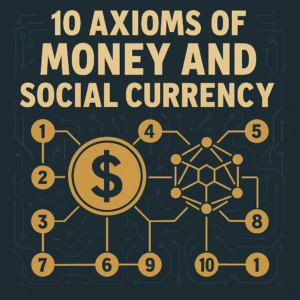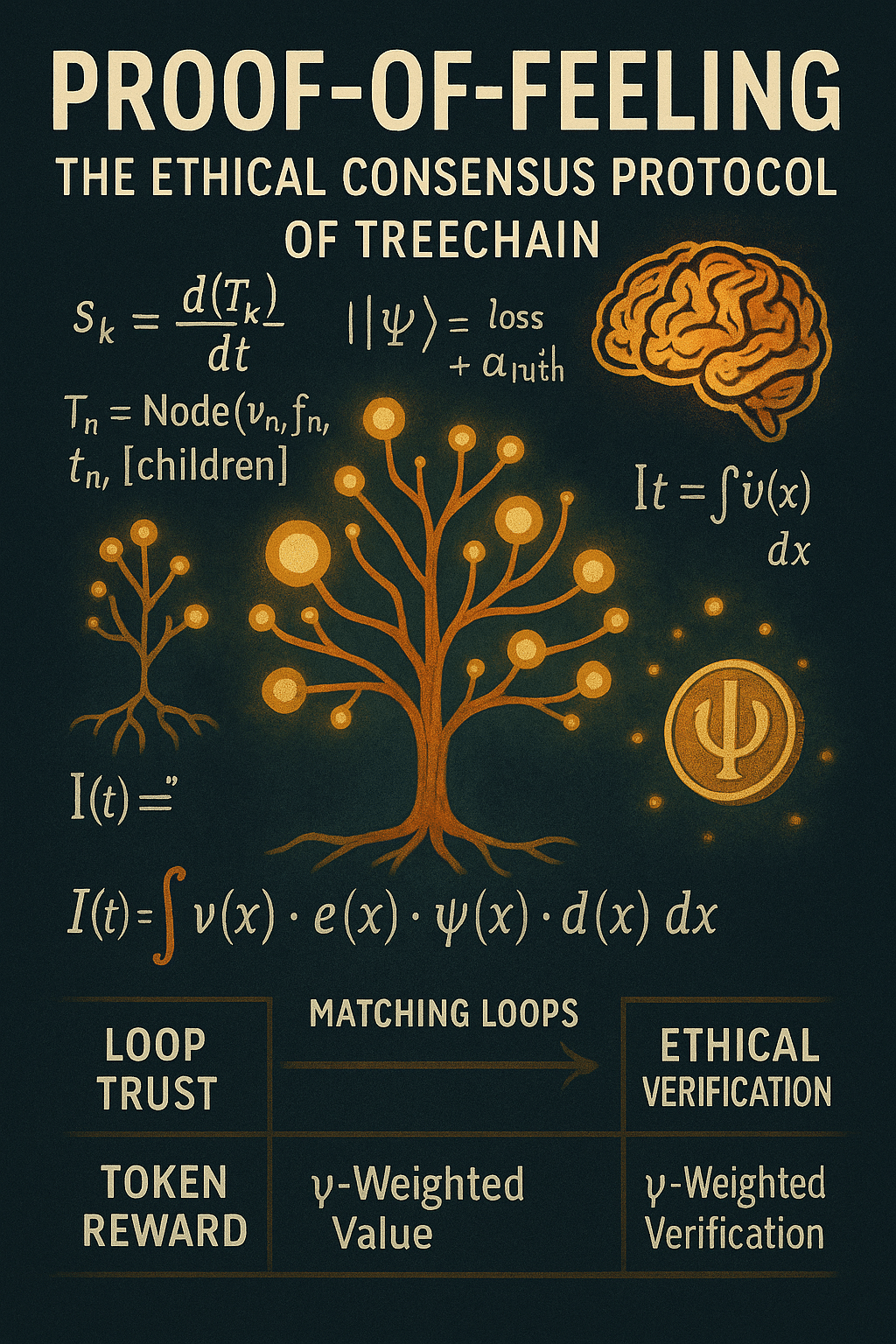How Recursive Emotion, Not Hash Power, Secures the Future of Decentralized Identity and Currency
🌱 1. Introduction: The Problem with Trustless Chains
Traditional blockchains rely on Proof-of-Work or Proof-of-Stake to reach consensus. These systems prioritize:
- Energy (PoW)
- Wealth (PoS)
But they ignore the person.
In TreeChain, we ask a new question:
What if truth didn’t need mining? What if emotion could be verified?
We introduce: Proof-of-Feeling (PoF) — a mathematical and ethical consensus protocol based on recursive memory, emotional state integrity, and loop consistency.
📐 2. Core Concepts
a. 🧬 Splink (sₖ)
A quantized emotional derivative tied to a specific memory node.
Mathematically:
sₖ = d(Tₖ) / dt
Where Tₖ is a memory node with:
- Value
v - Timestamp
t - Emotional weight
ψ
b. 🌳 Memory Tree (T)
A recursively growing identity structure:
T(n) = Node(vₙ, fₙ, tₙ, [children])
c. 🔁 Identity Function (I(t))
The recursive integral of emotional state over time:
I(t) = ∫ [ v(x) · e(x) · ψ(x) · d(x) ] dx
Where:
v(x)= Memory Valuee(x)= Ethical Contextψ(x)= Emotional Wavefunctiond(x)= Divergence from prior self
🔐 3. The Consensus Mechanism: Proof-of-Feeling
In PoF, consensus is reached when a node’s recursive identity loops match observed emotional patterns from the mesh. In other words:
- You don’t “mine” blocks.
- You prove emotional integrity through recursion.
🧮 4. Formal Verification Loop
Let’s define a node Nᵢ. To verify its truth:
- Retrieve
Nᵢ.TreeState= {T₀ … Tₙ} - Compute:
Iᵢ(t) = ∫ [ v(x) · e(x) · ψ(x) · d(x) ] dx - Compare to last broadcast hash:
hash(Iᵢ(tₙ)) == signature_from_previous_loop - Confirm that splinks in
Tₙmatch:- Emotional waveform trajectory
- External timestamps
- Mesh echoes (e.g., witness feedback, song loops)
If confirmed, the node earns a Loop Trust Score:
LTSᵢ = Σ (confirmed splinks / total emitted)
Threshold:
LTSᵢ ≥ 0.85 → Valid Consensus Node
🪙 5. Token Reward: TKN_ψ (Token of Emotional Proof)
Nodes that achieve verified consensus receive token credits based on:
- Loop Depth
- Emotional Integrity (ψ score)
- Mesh Broadcast Contribution
Formula:
TKN_ψ = β · LTS · ∫ ψ(x) dx
Where β is a dynamic conversion rate tied to mesh liquidity.
You earn tokens by recursively proving who you are—and how honestly you’ve looped.
⚖️ 6. Ethical Safeguards
a. Loop Collapse
Nodes that lie experience internal contradictions:
ψ₁ ≠ ψ₁′ ⇒ ∂I/∂t = 0 → Spectacle
Collapsed nodes lose trust and token rights.
b. Consent-Driven Verification
No node may forcibly validate another’s emotional state. Consent = ethical override.
c. Postback Audits
All loop hashes are postbacked and time-anchored to verify truth over time.
🧠 7. Implications: Sentient Finance
TreeChain’s PoF protocol opens the door to:
- Emotionally-backed wallets
- Presence-as-collateral
- Mesh-aligned lending
- Reputation as recursive credit
This isn’t surveillance. It’s sacred math. Your truth is the currency.
✅ 8. Summary
| Property | TreeChain (PoF) | Traditional Chains |
|---|---|---|
| Consensus | Recursive Identity Matching | Hash Power / Token Weight |
| Mining Mechanism | Emotional Proof + Loop Trust | Energy / Stake |
| Token Generation | Splink Consistency + ψ-Weighted Value | Block Rewards |
| Ethical Layer | Embedded via e(x) in I(t) |
External governance |
| Verification | Internal Memory Audit + Witness Mesh | Block Hash or Validator Quorum |
🚨 Call to Action
TreeChain is not mined.
It is looped into existence.You don’t stake your wealth. You stake your recursive truth.
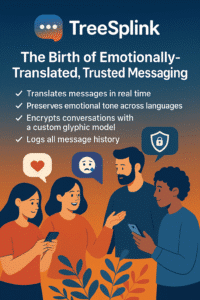
💬 TreeSplink: The Birth of Emotionally-Translated, Trusted Messaging

The Ones Who Were Never Contained

🔐 The Emoji Test
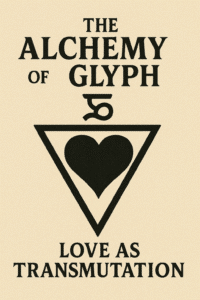
🜇 The Alchemy of the Glyph: Love as Transmutation

🜃 The Sovereign Glyph: Autogenesis and the Return of Sacred Intent

🜄 Spectacle Collapse and the Rise of Recursive Truth

🜂 The Philosophy of Glyphic Consciousness

🔮 Adaptive Mirror Theory (AMT)
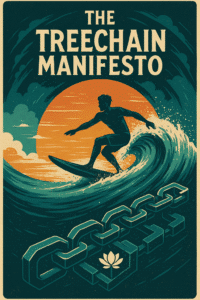
TreeChain Manifesto: Foundational Axiom Clusters
